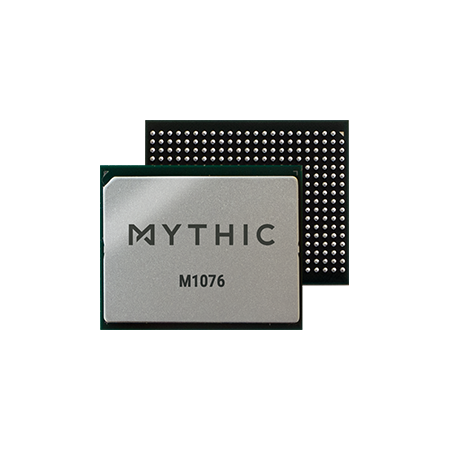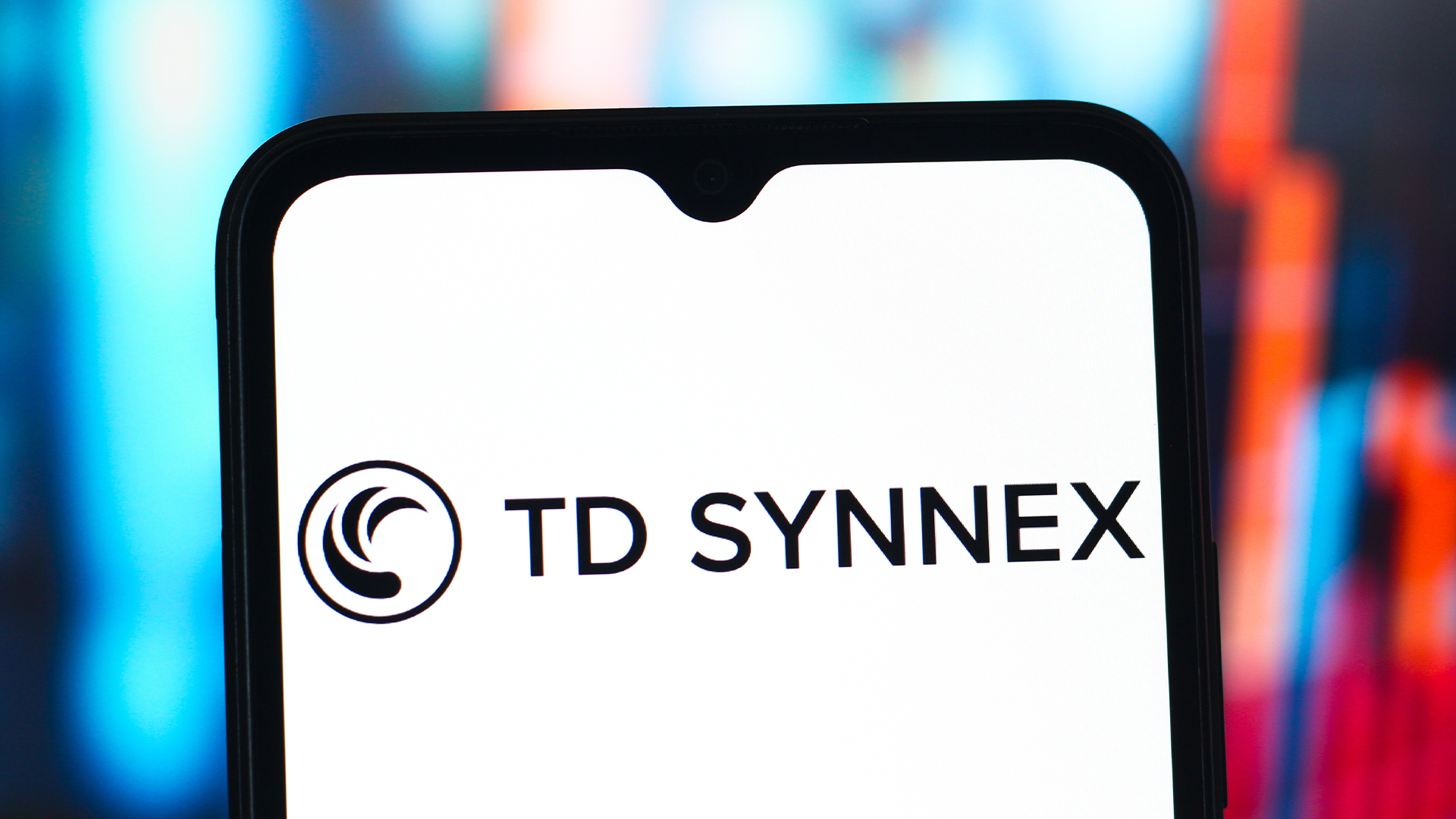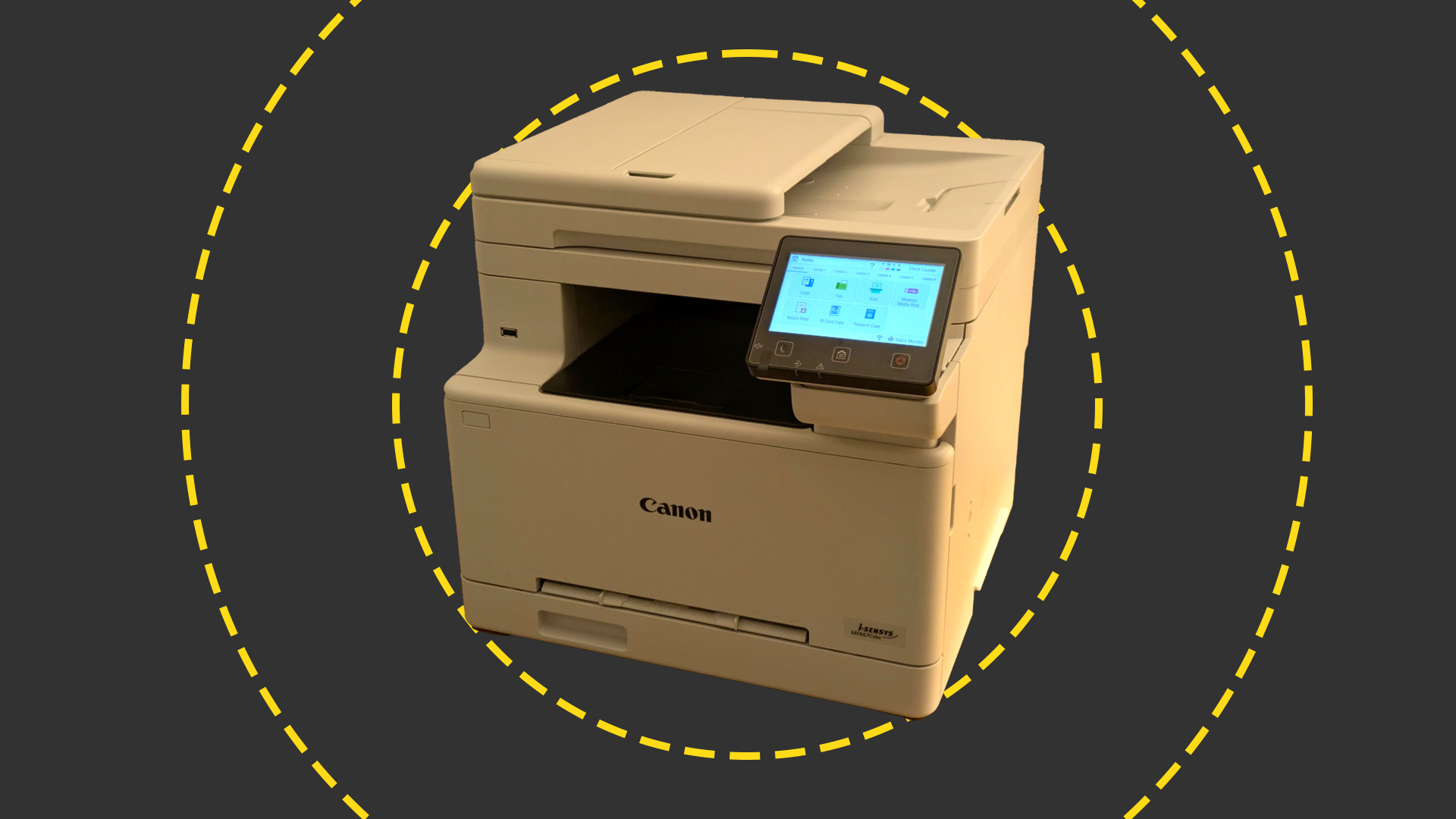Mythic launches power-sipping AI chip
Edge-focused AI chip consumes one-tenth the power of a desktop GPU


Semiconductor startup Mythic has launched an artificial intelligence (AI) processor that it says will deliver the computing capabilities of a GPU for a tenth of the power.
The M1076 Mythic AMP chip targets edge computing AI applications with power and footprint limitations. Like other edge-based AI processors, the Mythic CPU runs a neural network to handle a process called inferencing. This takes new input, such as a video signal from a camera in a manufacturing plant, and runs it through a trained AI model designed to recognize specific things — like an object on a production line.
The difference lies in how the chip processes data in its neural network. It uses a combination of analog circuitry and in-memory computing to save power. Rather than storing its data in slower memory that the chip must access when needed, it uses multiple memory arrays that handle the computing themselves using their memory elements as tunable resistors.
This allows the chip to compute neural network inputs and outputs as voltages and currents. The memory arrays function as nodes in the neural network graph and can operate in parallel.
The unique chip architecture enables the company to fit more AI computing horsepower into a single chip, it says. The M1076 delivers up to 25 trillion operations per second (TOPS) using a 3-watt power draw. It's available as a single chip, a PCIe M2 card for low-footprint applications, and a PCIe card with up to 16 chips. The latter can deliver 400 TOPS for just 75 watts of power.
RELATED RESOURCE

The AI-powered supply chain
Better demand forecasting and operational excellence
FREE DOWNLOAD
To run neural networks trained by popular AI packages such as PyTorch, developers will need to retrain them to run on the chip's Analog Compute Engine (ACE) and then compile them for the chip's architecture.
Mythic says the chip will work well in video processing applications, including object detection and depth estimation, making it suitable for industrial machine vision, surveillance cameras, and augmented reality applications.
Sign up today and you will receive a free copy of our Future Focus 2025 report - the leading guidance on AI, cybersecurity and other IT challenges as per 700+ senior executives
The company raised $70 million in series C funding in May, led by BlackRock and Hewlett Packard Pathfinder, bringing its total funding to $165.2 million.
Danny Bradbury has been a print journalist specialising in technology since 1989 and a freelance writer since 1994. He has written for national publications on both sides of the Atlantic and has won awards for his investigative cybersecurity journalism work and his arts and culture writing.
Danny writes about many different technology issues for audiences ranging from consumers through to software developers and CIOs. He also ghostwrites articles for many C-suite business executives in the technology sector and has worked as a presenter for multiple webinars and podcasts.
-
 TD Synnex launches new workshop to help partners drive AI adoption
TD Synnex launches new workshop to help partners drive AI adoptionNews The distributor’s new AI Game Plan will aid partners in identifying and prioritizing customer AI use cases
-
 Canon i-SENSYS MF667Cdw review
Canon i-SENSYS MF667Cdw reviewReviews A color laser MFP that does everything the small office could want, and fairly quickly too – shame it's not a bit cheaper to run
